The OpenAI Gym includes a number of games and challenges for AIs to try and master.


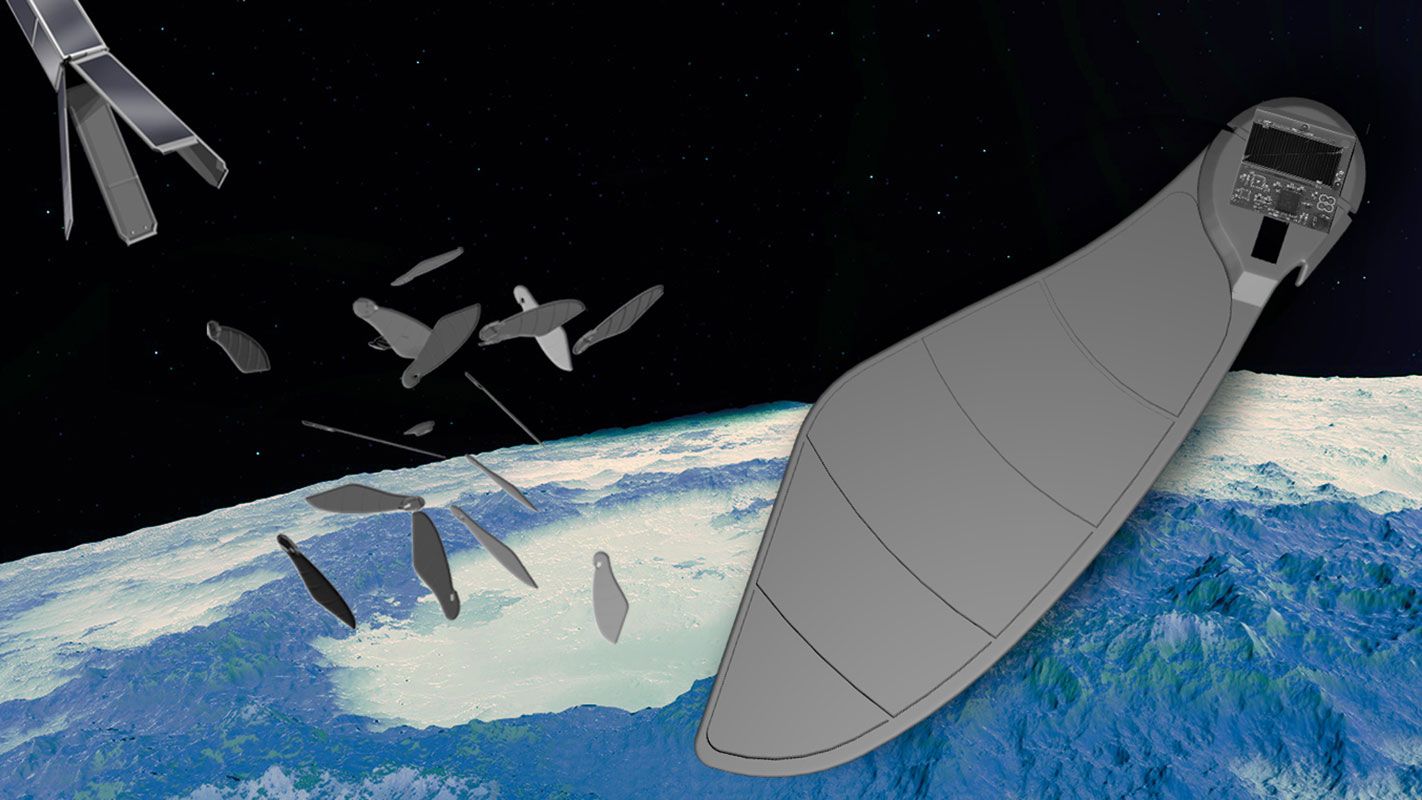
Draper’s ChipSat Research Could Make Stamp-Sized Spacecraft Functional for Interstellar Mission
CAMBRIDGE, MA – Chip-sized spacecraft will be beamed about 25 trillion miles to Alpha Centauri within 20 years of launch – a mission that would otherwise take 30,000 years – thanks to an engineering project sponsored by the Breakthrough Starshot team. Since 2010, Draper and Cornell University have collaborated on research into spacecraft that could be reduced to the size of a postage stamp and dubbed “ChipSats.” While ChipSats are small and inexpensive to launch, they face challenges far different from those of larger spacecraft and require a completely different approach to space missions.
Due to their tiny size, ChipSats experience disturbances in space in a different manner from large spacecraft. Much like a dinghy is greatly affected by waves that cannot move an oil tanker, the importance of small environmental forces, such as solar radiation pressure and aerodynamic drag, is magnified for ChipSats. This represents a challenge for completing the journey to Alpha Centauri and pointing precisely to send data back to Earth. But it is also an opportunity for developing new guidance and control approaches that take advantage of the environment.
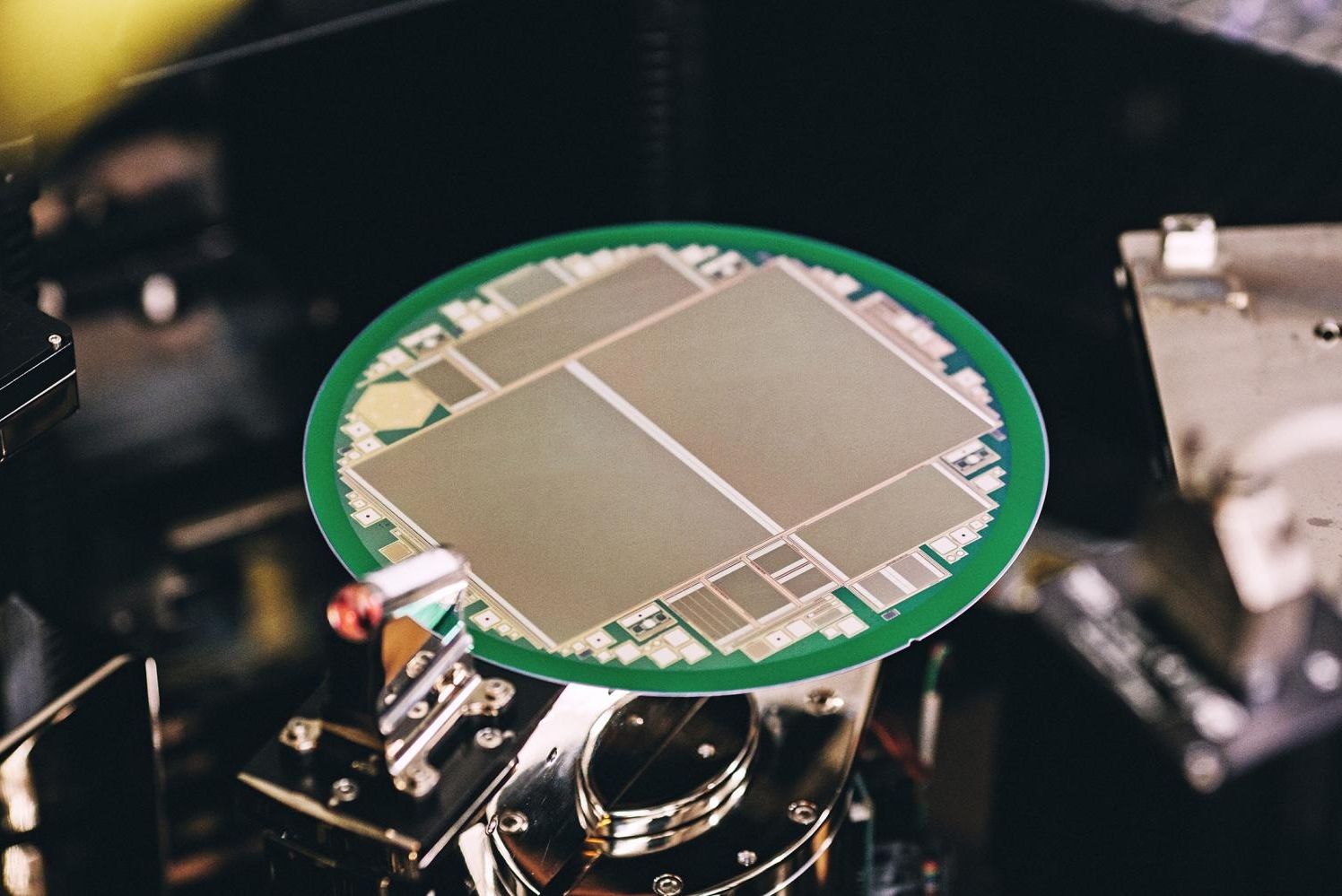
Ninety-five percent of the universe is still considered unexplored. Scientists at CERN, the world’s largest particle physics research center, located in Geneva, are working on solving these mysteries. In May 2012, researchers there discovered the so-called Higgs Boson, whose prediction won Peter Higgs and François Englert the Nobel prize in physics. One of the things CERN scientists are researching at the moment is dark matter: Although it may well have five times the mass of visible matter in the universe, this extent can only be indirectly proved. With a bit of luck, CERN will also succeed in generating dark matter.
A unique sensor chip can contribute to proving the existence of dark matter: It is eight inches or 15 cm x 10 cm and was developed jointly by Infineon Technologies Austria and the Austrian Academy of Sciences’ Institute of High Energy Physics (HEPHY). Tens of thousands of these silicon components could be used at CERN in the near future. They are not only more economical to produce than previous sensors, which measured up to six inches. The components also stand up better to constant radiation and thus age slower than the previous generation. Planned experiments will scarcely be possible without resistant sensors.
The experiments at CERN are analyzing the structure of matter and the interplay among elementary particles: Protons are accelerated almost to the speed of light and then made to collide, giving rise to new particles whose properties can be reconstructed with various detectors. “In particle physics and cosmology, there are many questions that are still open and to which mankind still has no answer,” says Dr. Manfred Krammer, head of the Experimental Physics Department at CERN. “To make new advances in these areas, we need a new generation of particle sensors. Cooperation with high-tech companies like Infineon allows us to develop the technologies we need for that.”
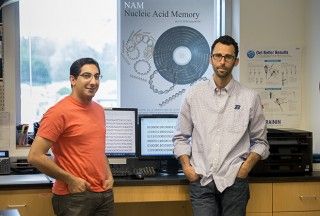
Of course bio technology holds the key for better memory.
Newswise — A group of Boise State researchers, led by associate professor of materials science and engineering and associate dean of the College of Innovation and Design Will Hughes, is working toward a better way to store digital information using nucleic acid memory (NAM).
It’s no secret that as a society we generate vast amounts of data each year. So much so that the 30 billion watts of electricity used annually by server farms today is roughly equivalent to the output of 30 nuclear power plants.
And the demand keeps growing. The global flash memory market is predicted to reach $30.2 billion this year, potentially growing to $80.3 billion by 2025. Experts estimate that by 2040, the demand for global memory will exceed the projected supply of silicon (the raw material used to store flash memory). Furthermore, electronic memory is rapidly approaching its fundamental size limits because of the difficulty in storing electrons in small dimensions.
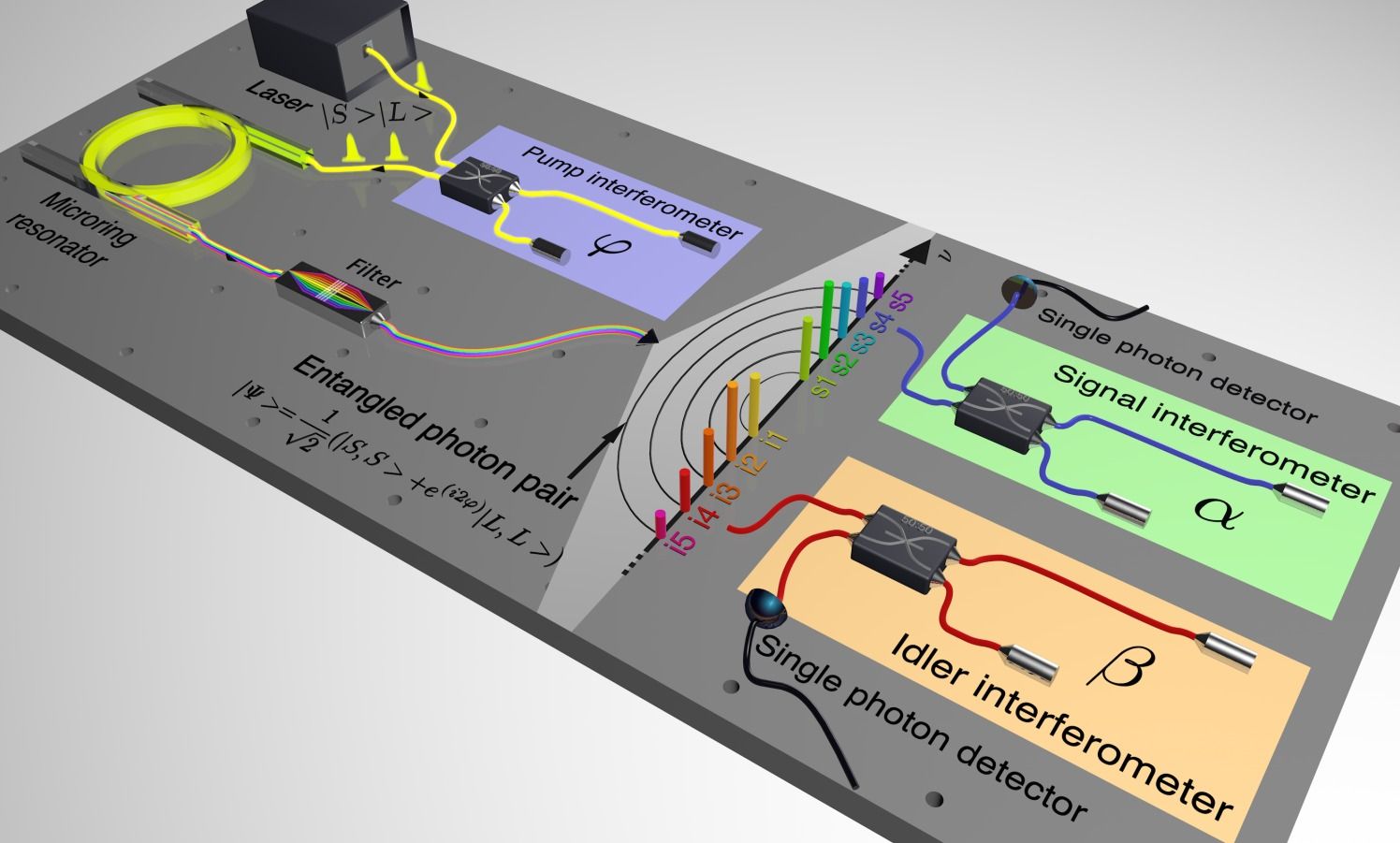
Quantum mechanics, with its counter-intuitive rules for describing the behavior of tiny particles like photons and atoms, holds great promise for profound advances in the security and speed of how we communicate and compute.
Now an international team of researchers has built a chip that generates multiple frequencies from a robust quantum system that produces time-bin entangled photons. In contrast to other quantum state realizations, entangled photons don’t need bulky equipment to keep them in their quantum state, and they can transmit quantum information across long distances. The new device creates entangled photons that span the traditional telecommunications spectrum, making it appealing for multi-channel quantum communication and more powerful quantum computers.
“The advantages of our chip are that it’s compact and cheap. It’s also unique that it operates on multiple channels,” said Michael Kues, Institut National de la Recherche Scientifique (INRS), University of Quebec, Canada.

“The point of this excursion into tech history is that a technology often produces its best results just when it’s ready to be replaced — it’s the best it’s ever been, but it’s also the best it could ever be.”

We’re in an exploding evolution state for technology across all industry sectors and consumer markets.
3 to next 5 years — we see IoT, Smartphones, Wearables, AI (bots, drones, smart devices and machines), 3D printing, commercialization of space, CRISPR, Liq Biopsies, and VR & AR tech.
5 to next 8 years — we will see more BMI technology, smart body parts, QC & other Quantum Tech, Humanoid AI tech, bio-computing, early stage space colonization and mining expansion in space, smart medical tech., and an early convergence of human & animals with technology. 1st expansion of EPA in space exploration due to mining and over mining risks as well as space colonization. New laws around Humanoids and other technologies. Smartphones no longer is mass use due to AR and BMI technology and communications.
Beyond 10 years, Singularity (all things connected) and immortality is offered.
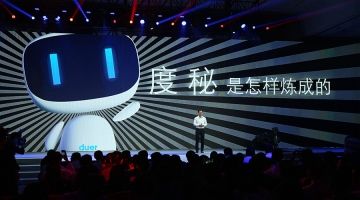
AI talent from academia is not surprising; however, another area where AI talent has existed in the US is in the national labs such as those Computer Scientists and Architects at ORNL (X-10, K-25, Y-12) during the years of 1990s, 2000s, and 2010-today as well as other labs such as Los Alamos, etc… I know this because I was one and worked with many AI specialists and researchers. I will say some of this talent has gone into the private sector; however, many still work on AI. In case companies are interested in trying to locate solid AI specialists.
Google, Facebook and other tech firms are changing how artificial-intelligence research is done.
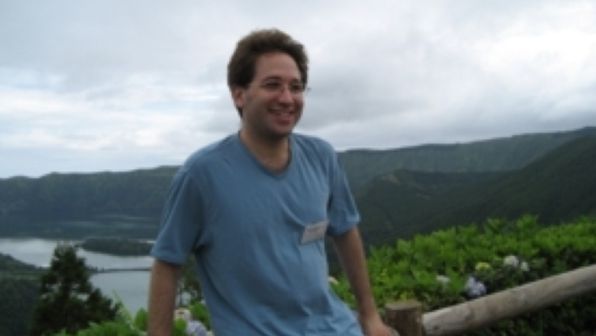
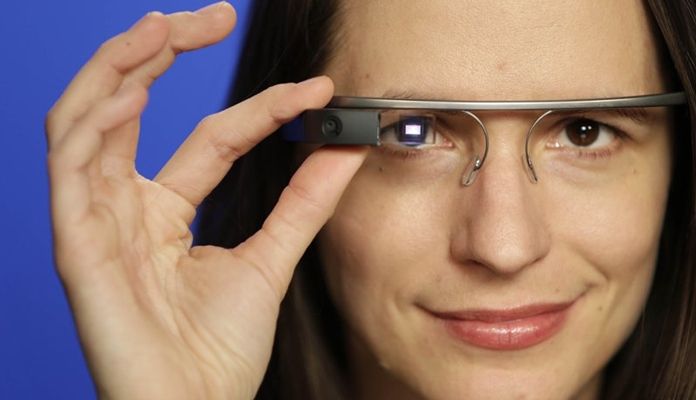
Using Google Glass, Augmedix has developed a platform for doctors to collect, update and recall patient and other medical data in real time, technology website TechCrunch reported on Tuesday.
Google Glass is no longer available for consumers but its enterprise business continues to rise especially in the health care sector.
“When you are with doctors without Glass, they are charting and clicking on computers for a lot of the time and not focusing on their patients,” Ian Shakil, CEO of Augmedix was quoted as saying.